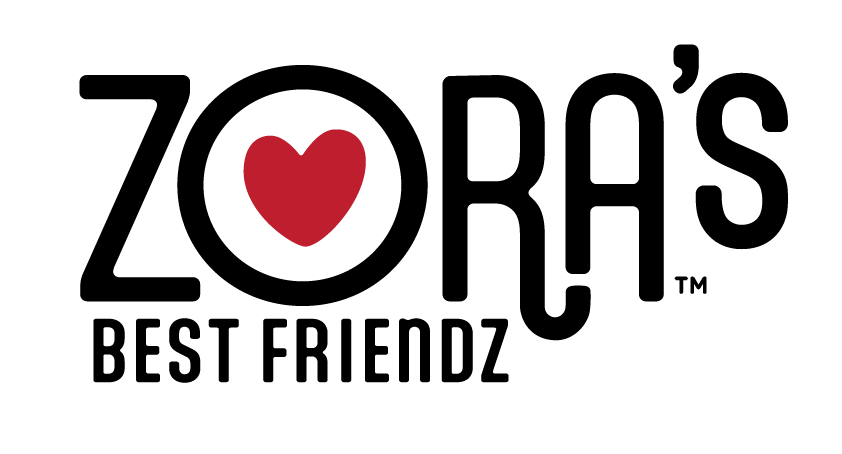
As devoted pet parents, we all go the extra mile to ensure our furry family members are happy and healthy. We often find ourselves carefully checking the back of pet treat packages, making sure we're picking the very best snacks for our beloved pets. But there's more to those treats than just the ingredients list – the way they're made can matter just as much.
Chemical Baths
Some pet treats go through a process using chemical baths. Typically, this process is used for treats that are marketed as ‘raw’. Because actual raw treats are not safe to handle and can be at risk of Salmonella or Listeria, they are processed by being dunked in chemicals to minimize the risk of food borne pathogens. It's meant to keep treats clean, make them last longer, and even change how they look or feel.
The Health of Our Pets Comes First
One of our biggest worries about chemical baths is what they might mean for our pets' health. Imagine tiny bits of those chemicals staying on the treats. Then think about our pets eating those treats day after day (and you handling them). Over time, these chemicals could build up and potentially lead to health issues, including tummy troubles, allergies, or even more serious conditions.
Are Those Treats Still Yummy and Nutritious?
Another point to ponder is how these chemicals might be changing the goodies we give our pets. Important nutrients, like vitamins and minerals, could be lost or not as effective, making the treats less beneficial than we intend.
Thinking About Our Planet
The impact of chemical baths goes beyond our pets – it touches the world around us, too. The chemicals used need to be disposed of, and that can harm our water, soil, and wildlife. More and more pet parents are looking for eco-friendly options, and the way treats are made plays a big part in that.
We Deserve to Know More
Here's something that really gets to us: not knowing exactly how these chemically treated treats are made. The pet food industry doesn't always tell us if they've used chemical baths, which leaves us guessing about what's really in our pets' snacks. Unfortunately, pet treat manufacturers aren’t required to label the process used to make their treats either, so even though we think we’re making the best choices, the lack of transparency could mean we’re buying chemically processed treats.
Here’s a guide on how to tell the difference between chemically processed treats and gently cooked, freeze-dried treats.
|
Process |
Color |
Flavor |
Texture |
|
Chemical Bath Treated Pet Treats |
The color of these treats might appear more uniform because the chemical process, especially when combined with chemical baths, can lead to a more homogenized appearance. The color might be brighter or more preserved due to the chemical solutions used to maintain freshness and prevent discoloration. |
The flavor of these treats can be affected by the chemical baths used in processing. While a chemical bath is intended to preserve the natural flavors of food by avoiding high temperatures, the addition of chemicals might alter the taste or leave a residual flavor that is not present in the original ingredients. |
The texture of these treats might be softer or more uniform due to the combination of high pressure and chemical treatments. These processes are designed to maintain the structural integrity of the treats but can sometimes result in a less natural texture. |
|
Gently Cooked, Freeze-Dried Pet Treats |
These treats often have a more natural and varied coloration, reflecting the minimal processing. Freeze drying tends to preserve the natural color of the raw ingredients but may result in a slightly paler appearance compared to their fresh counterparts due to the dehydration process. |
These treats tend to have a flavor profile that is closer to the original raw ingredients. The gentle cooking process preserves the natural flavors, and freeze drying locks in these tastes with minimal alteration. Pets may find these treats more appealing due to their authenticity and richness in flavor. |
Freeze-dried treats typically have a light, airy, and crisp texture due to the removal of moisture. This process preserves the cellular structure of the raw ingredients, resulting in a texture that rehydrates quickly in the mouth, offering a unique eating experience for pets. |
The Good News
Now for some brighter news! The world of pet treats is changing for the better. More companies are choosing safer, more natural ways to make treats. Zora's Best Friendz is leading the pack with our proprietary low and slow roasting and freeze-drying methods. This innovative approach ensures the healthiest treats you can buy for your furry friend. By avoiding harsh chemicals, we preserve the nutritional integrity of the treats while ensuring their safety — a win for our pets' health and the planet.
We Have a Choice
As pet owners, we have a big say in what's available on the market. By choosing treats that are made in a kinder, cleaner way and that tell us exactly what they're about, we're not just looking out for our pets; we're helping the environment, too. Zora's Best Friendz is proud to offer complete transparency about our processes, giving you peace of mind with every treat you give.
Good Boy
The bottom line is, the way pet treats are made really does matter. With everything from the long term health of our pets to environmental impacts, it's up to us to stay informed and choose wisely. It's one of the many ways we show our pets how much we love them, making sure their snacks are safe, nutritious, and delicious. We can make a difference for our furry friends and our world.



